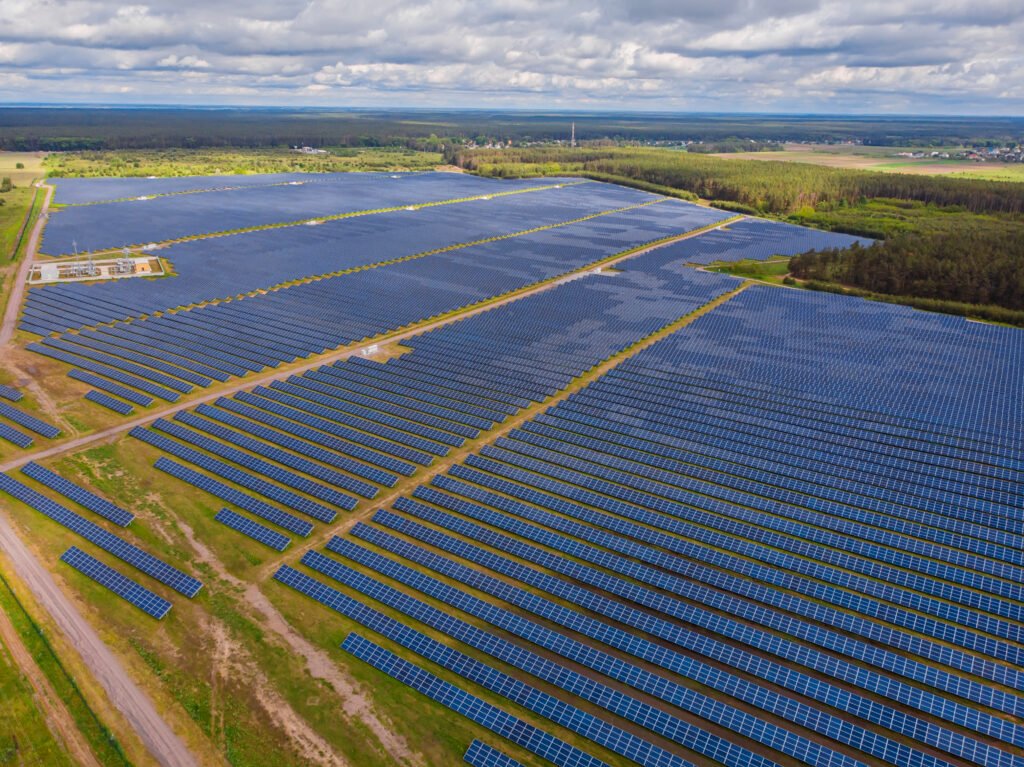India has finally outgrown Japan to emerge as the world’s 3rd largest producer of solar energy, marking a seismic shift in the world’s clean energy landscape.
India generated a whopping 1,08,494 GWh of solar energy, leaving Japan’s 96,459 GWh behind, according to International Renewable Energy Agency (IRENA). This achievement not only makes India a world leader in climate change but also speeds up its journey toward sustainable development and energy self-sufficiency.
Global Solar Energy Leaders: Top 5 Countries by Production
Here’s how the top solar energy producers stand (approximate figures):
| Rank | Country | Solar Power Generation (GWh) |
| 1 | China | ~405,300 GWh |
| 2 | United States | ~303,200 GWh |
| 3 | India | 1,08,494 GWh |
| 4 | Japan | 96,459 GWh |
| 5 | Germany | ~69,000 GWh |
India’s Solar Power Revolution: More Than Just Numbers
This milestone is more than just a ranking; it reflects India’s bold ambition to reshape its energy future.
Target: Achieve 500 GW of non-fossil fuel-based electricity capacity by 2030
Result: Rapid scaling of solar installations across states
Impact: Reducing dependence on coal, lowering carbon footprint, and generating rural employment
Spotlight: Charanka Solar Park – A Symbol of India’s Solar Vision
One of the brightest examples of India’s clean energy journey is the Charanka Solar Park in Charanka village, Patan district, Gujarat.
Built over 2,000 hectares of what was once considered barren land
Current Generation: 214 MW
Planned Capacity: 600 MW
This transformation of a desert-like area into a sun center is a testimony to innovation, vision, and empowerment of rural India. It is a testimony to how renewable energy can also bring back forgotten land and serve economic returns.
Why This Matters: Strategic Implications
India’s international solar rise is no coincidence — it’s intentional.
Energy Security
Decreases reliance on foreign fossil fuels and keeps energy prices stable.
Green Diplomacy
Increases India’s stature in global climate negotiations and green friendships.
Job Creation
Solar and renewable energy industries have created employment opportunities of thousands in manufacturing, installation, and maintenance.
Innovation Hub
India is inducing R&D in battery storage, solar PV, and hybrid systems and inducing foreign investment.
A Greener Future Is Possible — And India Is Leading It
India’s transformation into a global solar leader from one that was once energy-poor is a developing world model. It is evidence that through visionary policy, citizen participation, and innovation, sustainability objectives are not just possible — they have the ability to revitalize economies and lives.
Key Takeaways
- India is now the 3rd largest solar energy producer globally.
- Surpassed Japan with over 1,08,494 GWh solar generation.
- Charanka Solar Park is a flagship model of land-to-power transformation.
- On track toward achieving 500 GW of non-fossil capacity by 2030.
- Reinforces India’s position as a clean energy innovator and climate action leader.
✍Final Thoughts India’s achievement with the sun is not all megawatts and rankings — it is leadership, vision, and responsibility. To look to 2030, India’s model can be a template for a clean and sustainable energy future for the world.

